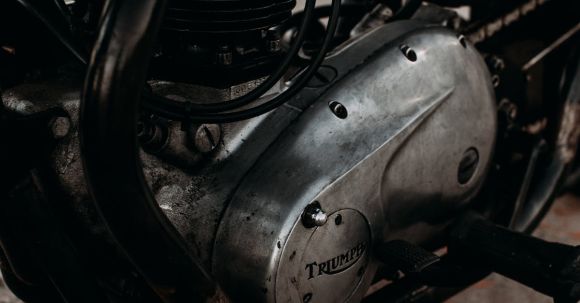If you are a motorcycle enthusiast or someone who enjoys working on bikes, it’s important to have a basic understanding of motorcycle electrical wiring. Whether you’re troubleshooting an issue or planning to make modifications, having knowledge of how the electrical system works can save you time and frustration. In this article, we will explore the basics of motorcycle electrical wiring, covering the key components and their functions.
The Battery: Powering Your Motorcycle
At the heart of every motorcycle’s electrical system is the battery. The battery provides the necessary power to start the engine and run the various electrical components on the bike. It stores electrical energy in chemical form and releases it as needed.
The Alternator: Keeping the Battery Charged
While the battery provides the initial power, the alternator ensures that it stays charged. The alternator, also known as the generator, is driven by the engine and generates electricity to replenish the battery’s charge. It is essential for maintaining a healthy electrical system.
Wiring Harness: Connecting the Components
The wiring harness is a network of wires that connects all the electrical components of the motorcycle. It acts as a central nervous system, transmitting electrical signals between the battery, alternator, and various switches, lights, and sensors. The wiring harness is designed to withstand vibrations and protect the wires from damage.
Fuses and Relays: Protecting the System
To prevent electrical components from being damaged by power surges or short circuits, motorcycles are equipped with fuses and relays. Fuses are designed to blow when the current exceeds a certain limit, thus breaking the circuit and protecting the components. Relays, on the other hand, are switches that use a small electrical current to control a larger current, allowing for the safe operation of high-power devices.
Switches and Controls: Operating the Bike
Switches and controls are used to operate various functions on a motorcycle. From turning on the lights to engaging the starter motor, these components provide the rider with control over the bike’s electrical system. It’s important to understand the purpose and function of each switch to troubleshoot any issues that may arise.
Troubleshooting: Finding and Fixing Problems
When electrical issues occur on a motorcycle, it’s crucial to be able to troubleshoot and fix them. Understanding the basics of motorcycle electrical wiring allows you to identify potential problems and determine the appropriate solutions. Common issues include blown fuses, loose connections, and faulty switches. With a systematic approach and a basic understanding of the electrical system, you can save time and money by fixing problems yourself.
Modifications and Upgrades: Customizing Your Bike
Many motorcycle enthusiasts enjoy customizing their bikes by adding additional electrical components or modifying the existing ones. Whether it’s installing aftermarket lights, upgrading the audio system, or adding accessories like heated grips, having a solid understanding of motorcycle electrical wiring is essential for a successful modification. It ensures that the new components are integrated correctly and function as intended.
In conclusion, motorcycle electrical wiring is a fundamental aspect of any bike’s operation. From the battery and alternator to the wiring harness and various switches, understanding the basics allows you to troubleshoot issues and make modifications with confidence. By familiarizing yourself with the key components and their functions, you can ensure a well-maintained and customized motorcycle that meets your specific needs.
